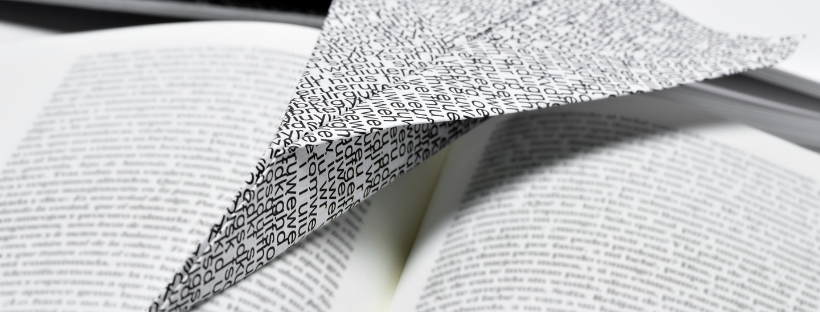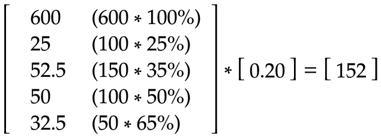This article will cover:
- Introduction
- What are the benefits of WWC?
- How does WWC affect pricing and payment?
- The Match behind it

1. Introduction
In the localization industry, the most frequently used method of quantifying the work involved is word counting. However, there are also other measurement units in use, such as lines and pages.
Computer-Assisted Translation (CAT) Tools allowed for a revolution in word counts. Rather than simply counting total words in a file, they account for internal repetitions and different levels of matches against Translation Memory.
Language Service Providers typically offer discounted rates for matches and repetitions, for example:
| Description | Charged at | Sample Rate/Word |
|---|---|---|
| Base Rate/New Words | 100% | $0.20 |
| Repetition or 100% TM Match | 25% | $0.05 |
| 95-99% TM Match | 35% | $0.07 |
| 85-94% TM Match | 50% | $0.10 |
| 75-84% TM Match | 65% | $0.13 |
| 50-74% TM Match (not used often) | 75% | $0.15 |
A quote for translating a 1000-word project might looks like this:
| Quantity | Unit | Description | Unit Price | Total |
|---|---|---|---|---|
| 600 | Words | Translation & Editing – New Words | $0.20 | $120.00 |
| 100 | Words | Translation & Editing – Replicated Words | $0.05 | $5.00 |
| 150 | Words | Translation & Editing – 95-99% Matches | $0.07 | $10.50 |
| 100 | Words | Translation & Editing – 85-94% Matches | $0.10 | $10.00 |
| 50 | Words | Translation & Editing – 75-84% Matches | $0.13 | $6.50 |
| $152.00 | ||||
Weighted Word Count (WWC) is a new approach to calculating amount of work needed to translate text. Repetitions and TM matches are bundled together into a single line item, such as:
| Quantity | Unit | Description | Unit Price | Total |
|---|---|---|---|---|
| 760 | Words | Weighted Words – Translation & Editing | $0.20 | $152.00 |
| $152.00 | ||||
As you can see, the resulting total is exactly the same. This is because the number of weighted words is calculated using a formula which adds up the number of words at each repetition/match level by the discount offered for that level:
WWC = Base Rate/New Words * 100% + Repetition or 100% TM Match * 25% + 95-99% TM Match * 35% + 85-94% TM Match * 50% + 75-84% TM Match * 65%
If we use the numbers from our example:
WWC = 600 * 100% + 100 * 25% + 150 * 35% + 100 * 50% + 50 * 65% = 760

1. What are the benefits of WWC?
There are several benefits to using weighted word counts:
- Quotes become much shorter and simpler.
- Reduced risk of error in formulas.
- Easy and quick to estimate time needed for translation.
2. How does WWC affect pricing and payment?
Switching to WWC does not affect pricing or payment in any way. As you can see from the example above, the total amount remains exactly the same. However, quotes and Purchase Orders become shorter and easier to understand. For those who would like to see the detailed breakdown of words, the LSP can easily provide it along with the WWC numbers.

3. The math behind it
For those mathematically inclined this works simply because of the commutative property of multiplication which states that you can multiply numbers in any order. In this case:
![]()
For example, consider 100 words at 85-94% TM Match, where price is 1 and rate is 50%:

The example explained at the beginning of this document showing the simplified math:
- Original calculation, affect rate by a percentage

- Simplified calculation affecting the word count


Find out more about this and other localization technology in our Automation technologies Ultimate Guide.












